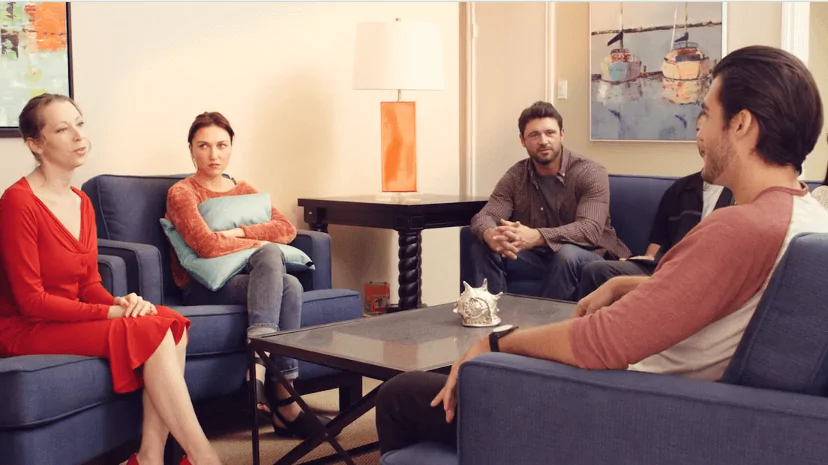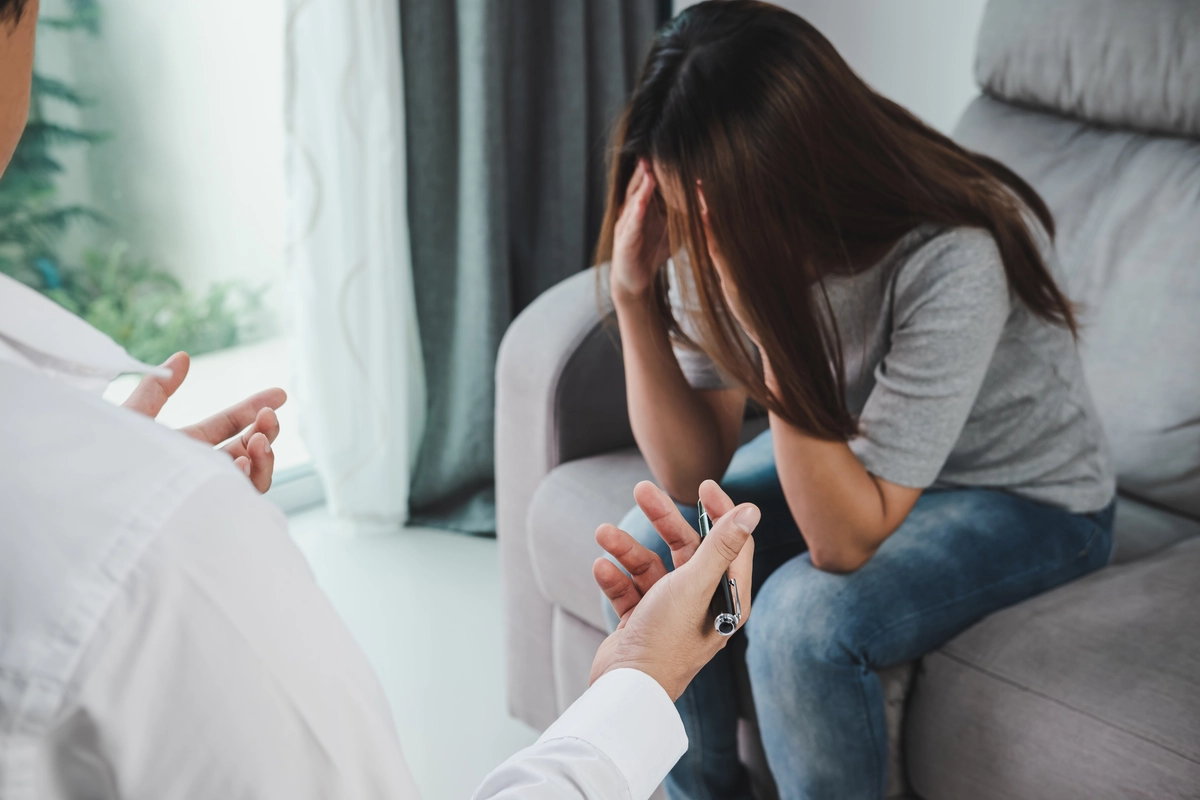24/7 Helpline:
(866) 899-221924/7 Helpline:
(866) 899-2219
Learn more about PTSD Treatment centers in Sleepy Eye
PTSD Treatment in Other Cities

Other Insurance Options

Coventry Health Care

Providence

Magellan Health

CareFirst

WellPoint

Premera

Absolute Total Care

Health Choice

United Health Care

PHCS Network

Covered California

Choice Care Network

EmblemHealth

AllWell

Optima

BlueCross

Horizon Healthcare Service

Regence

GEHA

State Farm


New Ulm Medical Center – Substance Abuse
New Ulm Medical Center – Substance Abuse is a private rehab located in New Ulm, Minnesota. New Ulm M...

Nova House Intensive Residential Treatment Services
Situated in New Ulm, Minnesota, Nova House Intensive Residential Treatment Services (IRTS) is a drug...











































